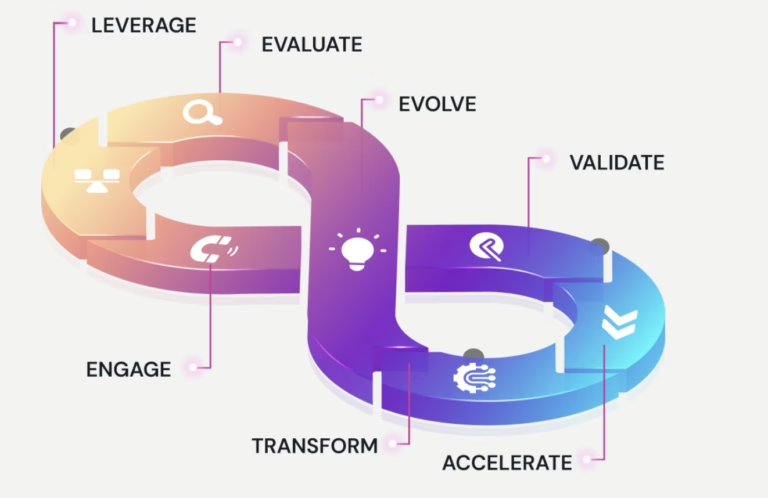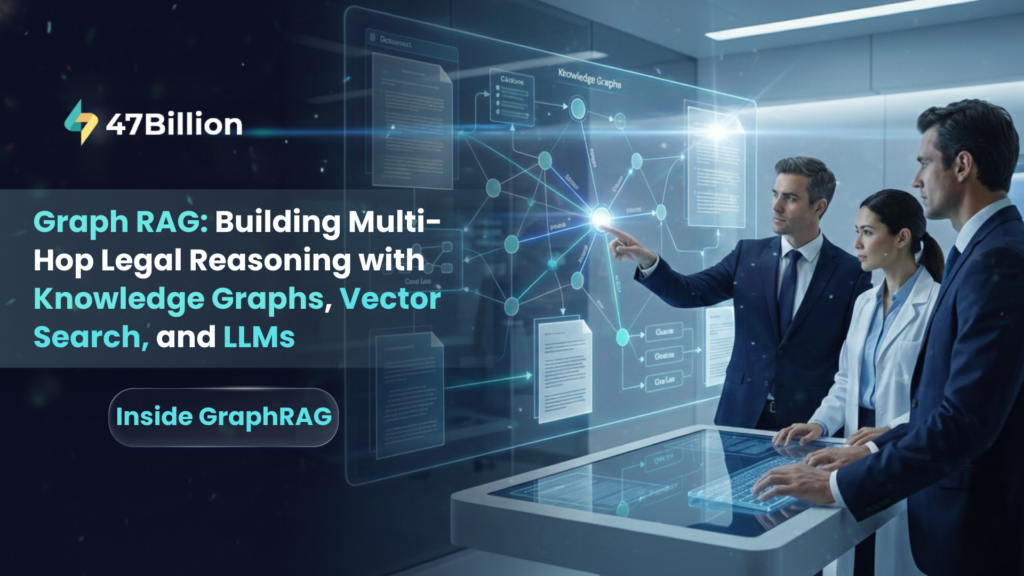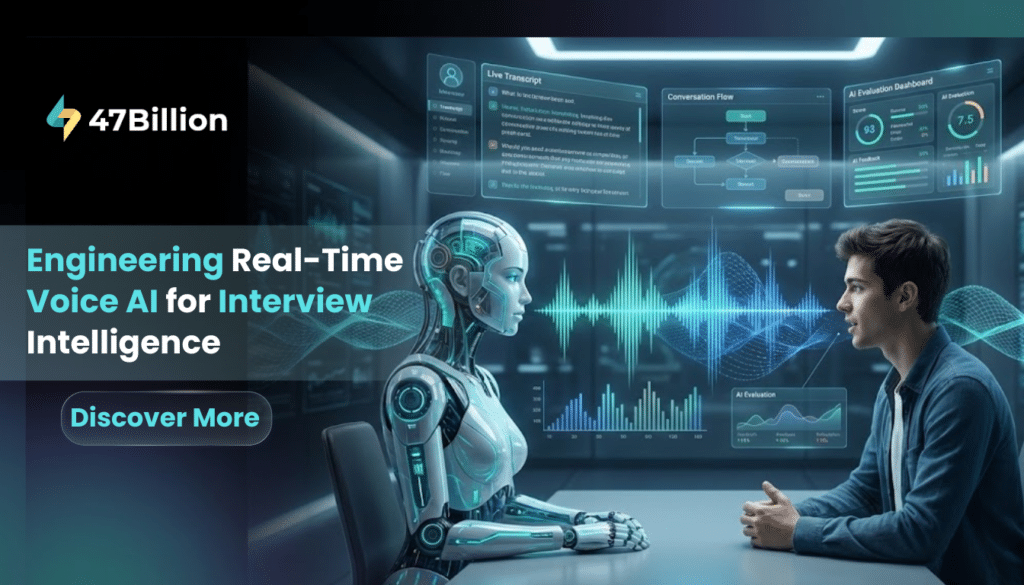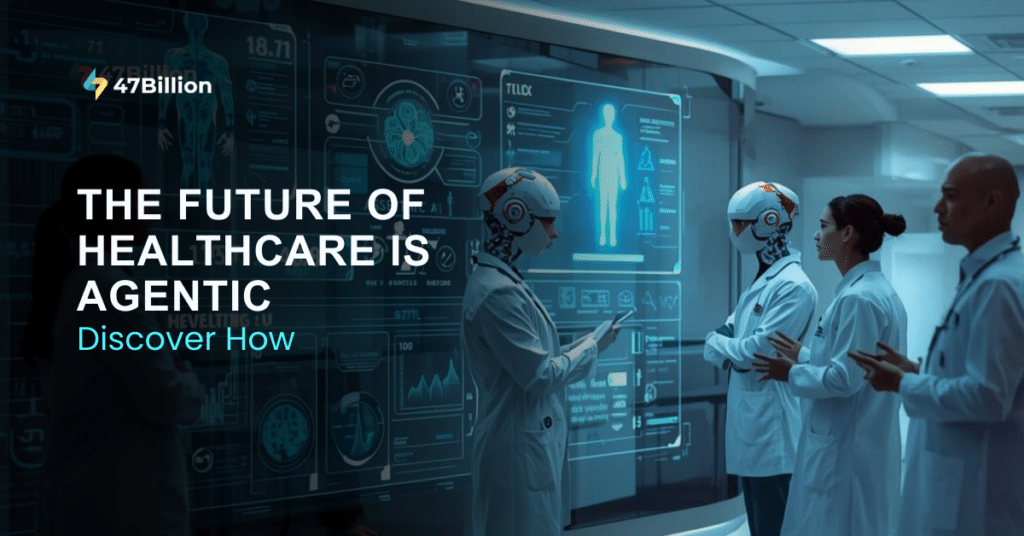AI & ML Development and Consulting Services
Helping you Lead in the Age of AI
Driving business growth and operational efficiency is our primary objective when it comes to our AI/ML capabilities. We solve complex challenges, enhance decision-making, and unlock new opportunities across industries.
Whether you need advanced analytics, intelligent automation, or cutting-edge computer vision, our expert team is here to deliver. In the past 30 years, no technology has promised to revolutionize business like AI. Today, AI stands as the top catalyst for business transformation, with data readiness being a critical factor for its success.

Our AI/ML Services
Generative AI
Enterprise-Grade AI-Agents & Virtual Assistants
Expert Systems
Advanced Analytics
Computer Vision
From key point matching to semantic segmentation, our computer vision solutions are tailored to your specific needs. We've developed applications like:
Natural Language Processing (NLP)
NLP is at the core of our AI work. We employ state-of-the-art transformer-based networks to tackle a range of challenges, including:

AI ML CASE STUDIES
Know about the major use cases
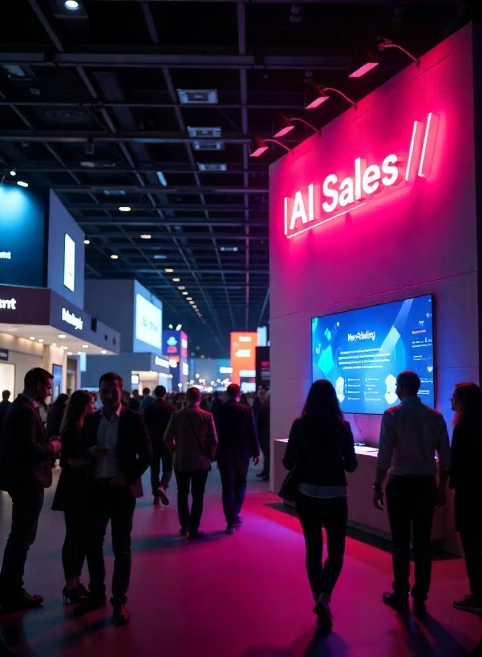
60% Cut in Training Time: Transforming Sales Enablement with AI
47Billion’s autonomous AI Agent empowers internal sales teams with real-time, compliance-ready training content—speeding up onboarding, ensuring consistent messaging, and eliminating manual effort.
Explore More80% Drop in Manual Campaign Effort: How an AI Agent Transformed GTM for a B2B SaaS Company
47Billion’s autonomous AI Agent streamlined lead management, content creation, and marketing-sales alignment—boosting conversions, accelerating responses, and freeing teams for high-value work.
Explore More
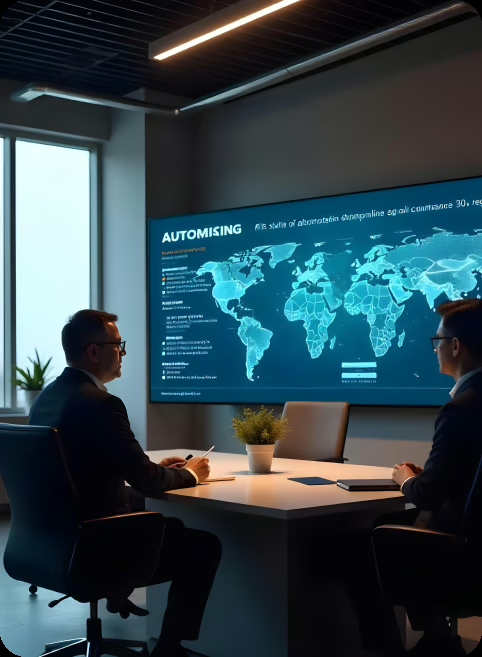
70% Faster ESG Reporting: How AI Automation Streamlined Global Compliance Across 30+ Regions
47Billion’s Autonomous ESG AI Agent enabled real-time data extraction, compliance monitoring, and reporting—cutting manual effort by 90% and reducing reliance on costly consultants.
Explore MoreWhy Choose 47Billion for AI & ML Development?
AI-First Approach
We integrate the latest AI advancements tailored for industry-specific use cases.
Industry-Focused AI Solutions
Our AI expertise spans finance, healthcare, retail, manufacturing, and enterprise automation.
AI Ethics & Responsible AI
We ensure explainable, unbiased, and regulatory-compliant AI solutions.
Proven AI Success
Delivering impactful AI/ML implementations with a strong track record.


